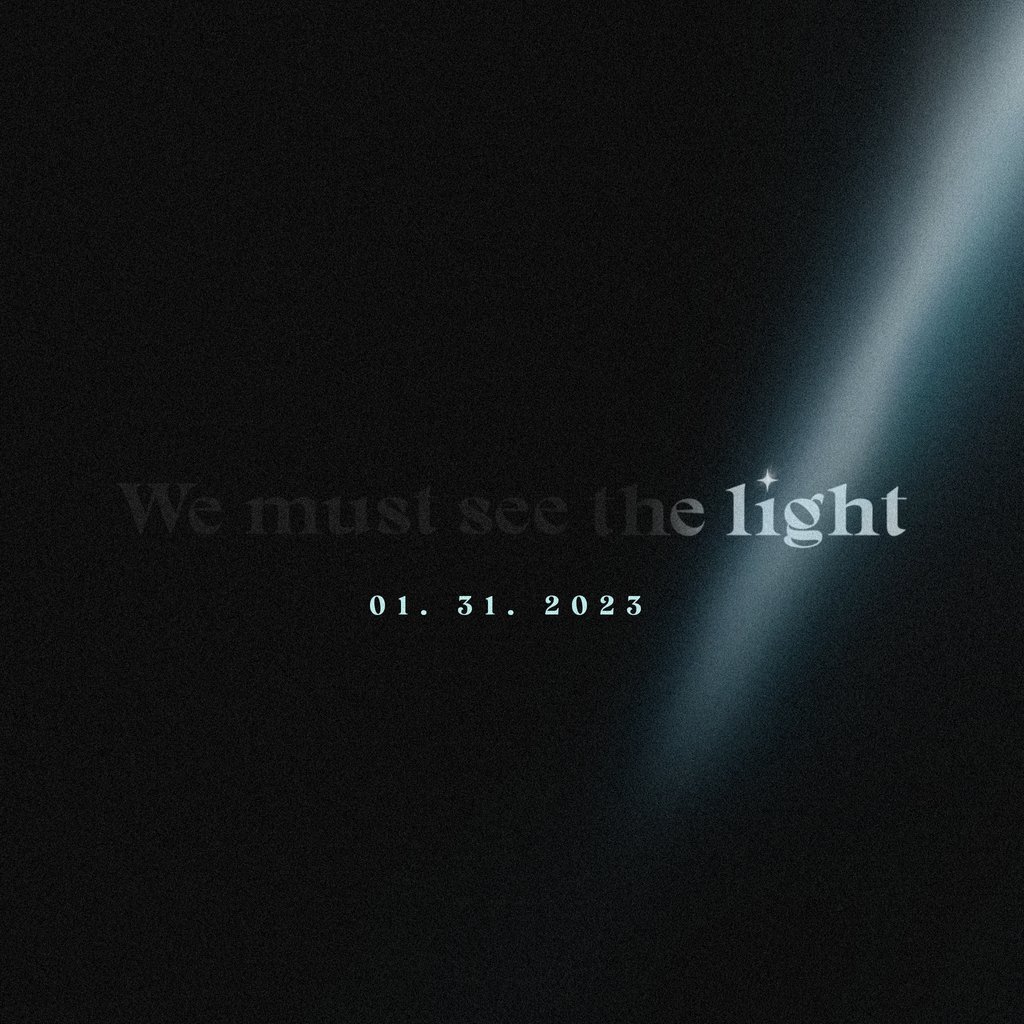Rewriting the Future of Brand Identity On-Chain
From virtual avatars to augmented reality filters, the way we express ourselves online has evolved drastically over the past decade.

Static → Dynamic
Content has become one of the most important influences of consumer engagement for brands, but these assets require relatively high upfront production costs, and once launched, they don’t typically evolve over time. To continue to foster engagement, brands must continue to produce content for the feed–unless you can make something that transcends it.
Dynamic NFTs let you create content that changes based on its owners' interactions or real-life events. An athlete's season-long performance shapes their NBA trading card. A gaming character level-ups, changes appearance, or gains new abilities based on in-game achievements and events. Instead of proliferating content, dynamic experiences let you create assets for durable interaction, reflecting the shifting experiences of your community and revealing your brand narrative over time.
Engagement → Utility
In our fast paced lives, brand loyalty is a key currency. And while digital communities have more influence than ever before, they lack the power and incentive to meaningfully participate in a brand’s story online.
Web3 brands are discovering that more valuable interactions can be enriched through NFTs. A digital asset can provide ownership, access, voting rights, and more. At a time when brand loyalty matters more than ever before, utility lets you offer your communities a stake in what they love, and for successful web3 brands, this is a product in its own right.
Closing Thoughts
Web3 represents an unparalleled opportunity for self-expression and is as much a question of creativity and imagination as it is about technology. As the landscape matures, the way we express ourselves online will change too. Today, more and more legacy brands are adopting Web3 strategies in an attempt to rewrite the future of brand identity on-chain.

-1.jpg)

